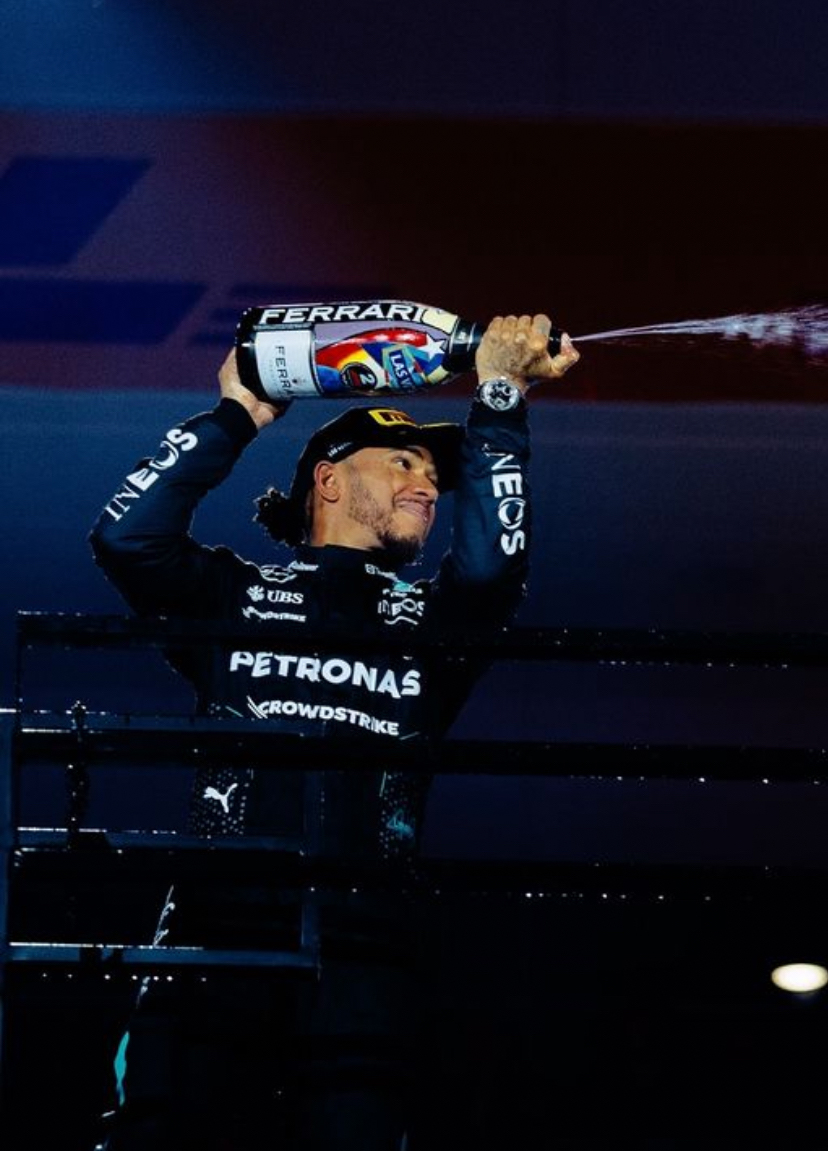How F1 Teams Choose Their Drivers: Factors Influencing Selection

Formula 1 World Champions: A legacy of racing legends
How does an F1 team choose its drivers?
Explore how F1 teams choose their drivers, focusing on talent, performance, financial backing, team dynamics, and more. Learn the factors that influence driver selection in Formula 1.
In Formula 1, selecting the right drivers is a critical decision that significantly impacts a team's performance throughout the season. With the combination of skill, experience, and strategic planning, teams assess several factors when deciding who gets behind the wheel. Here’s a detailed look at the key criteria F1 teams consider when choosing their drivers.
1. Talent and Performance
Undoubtedly, driving talent is the most important factor in driver selection. Formula 1 is the pinnacle of motorsport, demanding exceptional skills. Teams seek drivers who possess a rare mix of attributes, including speed, racecraft, technical feedback, and mental resilience.
Young drivers often emerge from lower racing categories such as Formula 2 or Formula 3, showcasing their potential for future success. These drivers, with strong track records, can be viewed as long-term investments. On the other hand, experienced drivers with proven success in F1 provide immediate performance and reliability. Their ability to maximize car performance, even when the car is not the fastest on the grid, is highly valued.
2. Financial Backing and Sponsorship
While driving talent is crucial, financial backing plays a significant role in driver selection. F1 is an expensive sport, and teams often look for drivers who can bring in sponsorships or personal financial support. This is particularly true for teams with smaller budgets or those aiming for midfield positions.
For example, drivers like Lance Stroll, who have substantial backing from sponsors or wealthy families, help offset the costs of running an F1 team. This financial support can sometimes be a deciding factor in securing a seat with a top team.
3. Team Dynamics and Compatibility
Formula 1 is a team sport, and chemistry between drivers and the rest of the team is essential. Teams strive to pair drivers who complement each other, balancing experience with youth or aggressive racecraft with technical expertise. The ability of a driver to communicate effectively with engineers and other team members can influence the overall success of the team.
For instance, the pairing of Lewis Hamilton and Valtteri Bottas at Mercedes highlights the importance of combining championship-winning experience with reliable, consistent results. Successful teams often focus on fostering strong interpersonal relationships, ensuring a unified approach to achieving their goals.
4. Marketability and Global Appeal
F1 is a business as much as a sport, and driver marketability plays a vital role in team decisions. Drivers with a strong fan base or global appeal can enhance a team’s visibility and attract sponsorships. A driver’s social media following and commercial presence can significantly impact a team's financial success.
Drivers like Daniel Ricciardo and Fernando Alonso bring more than just on-track performance—they bring commercial value. Additionally, teams may target drivers from specific countries to increase their presence in emerging markets. For example, drivers like Esteban Ocon and Pierre Gasly, who represent France, have helped raise the profile of F1 in the French market.
5. Driver Development Programs and Academy Drivers
Many F1 teams operate driver development programs or academies to nurture young talent. These programs serve as scouting and training grounds, providing teams with a pipeline of skilled drivers ready to make the leap to F1.
Ferrari's Driver Academy, for instance, has produced talents like Charles Leclerc and Lando Norris. Similarly, Red Bull Racing has groomed drivers like Max Verstappen through its academy. Teams benefit from having academy drivers who are familiar with the team’s values and strategies, giving them a competitive advantage in driver selection.
6. Political Considerations and Team Strategy
Political factors, such as relationships with sponsors or manufacturers, can influence driver choices. Some teams may prioritize a driver based on their affiliation with a key sponsor or manufacturer, while others may look at long-term strategies. Teams rebuilding or focusing on car development may opt for a driver with technical expertise, while those aiming for immediate success might select experienced drivers.
Conclusion: The Complex Process of Choosing an F1 Driver
Choosing a driver in Formula 1 is a multifaceted process that requires careful consideration of talent, financial factors, team dynamics, marketability, and long-term strategy. The most successful F1 teams combine these elements to create a driver lineup that maximizes on-track performance and supports their broader goals. The decision-making process is intricate, and the right choices can make all the difference in the highly competitive world of Formula 1 racing.
Up Next


